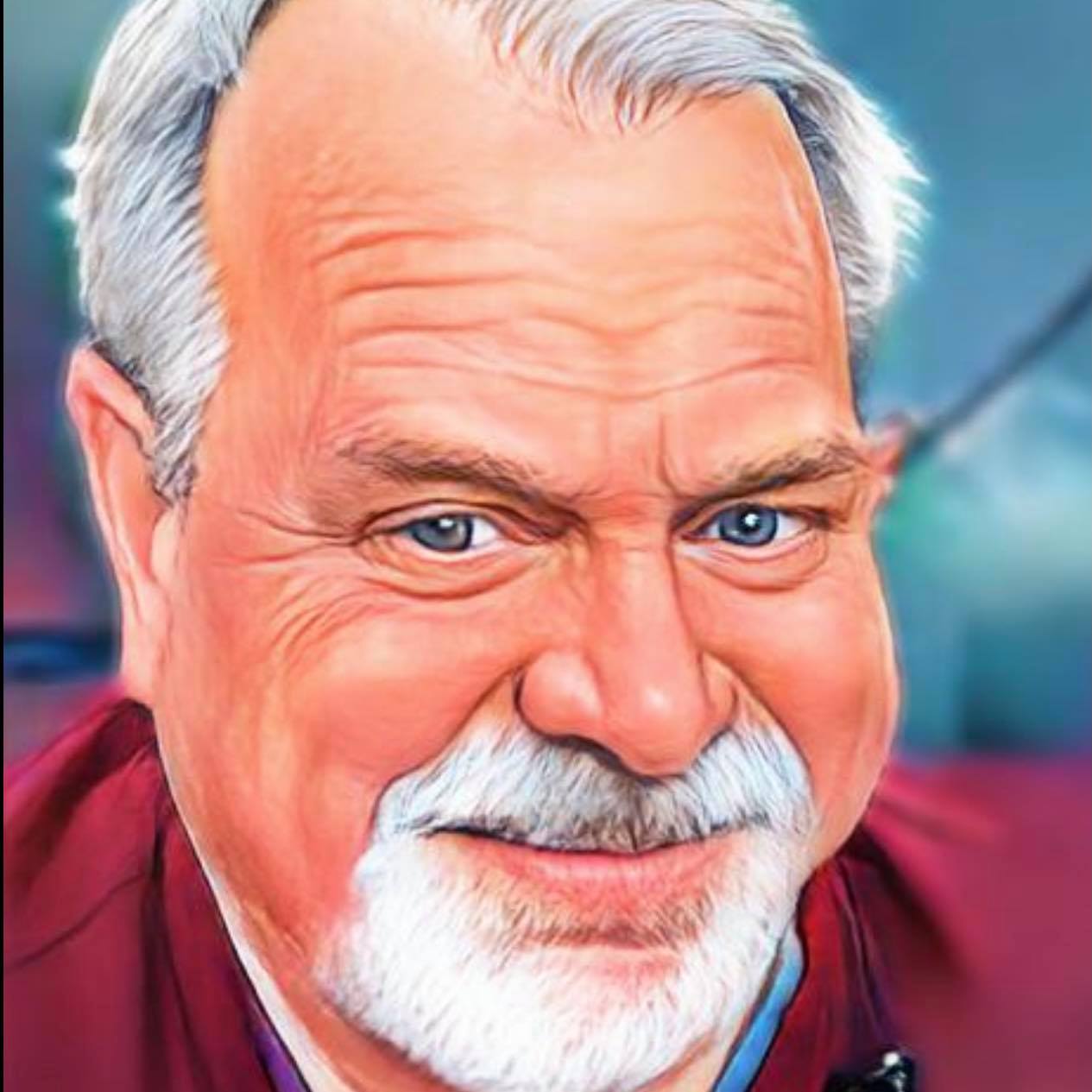
The ability to change gear ratios while riding was a game changer. Brought about out of necessity at the desires of cyclists racing in the Tour de France, speed was only one of the motivators. At a time when bicycle were all made of carbon steel, the ability to climb gruelling hills was of primary concern.
The earliest form of the derailleur was a simple chain tensioner used on early safety bicycles which were popular during the 1880s. These chain tensioners helped to keep the chain from falling off and could be adjusted to maintain proper tension.
France and Paul de Vivie
The first bicycle derailleur was invented in France in the late 1800s by Paul de Vivie, also known as Velocio. He developed a two-speed derailleur that allowed him to climb hills more easily while cycling. However, it wasn't until the 1930s that the modern derailleur design was developed and became popular.
The 1930s saw the introduction of several important advancements in derailleur technology, including indexed shifting systems that allowed riders to change gears without having to adjust the chain manually, and the first parallelogram-shaped derailleurs that enabled more precise and reliable changes. In the 1980s and 90s, further developments led to the introduction of ergonomic designs and electronic shifting systems that allowed for even more precise and reliable gear changes.
Over time, the derailleur was developed further, and the first mechanical gear changes for bicycles appeared in the early 20th century. Initially, these were operated through a lever that cyclists had to move back and forth manually.
The Rear Derailleur
A rear derailleur is an essential component of a bicycle's drivetrain. It's responsible for moving the chain between the different gears on the rear wheel's cluster of sprockets. When a cyclist shifts gears with the gear shifter on the handlebars, the derailleur shifts the chain from one sprocket to another, changing the gear ratio. This enables the cyclist to maintain an optimal cadence, or pedalling rate, regardless of the terrain - a lower gear for climbing hills, a higher gear for cruising on flat terrain. A well-functioning rear derailleur is critical to a smooth, efficient riding experience.
The Front Derailleur
The front derailleur is another key component of a bicycle's drivetrain, responsible for controlling the movement of the chain between the chainrings, also known as the cogwheel or sprockets, located near the pedals. The front derailleur is activated by the gear shifter on the handlebars, which moves a cable that adjusts the derailleur's position, moving the chain up or down between the different chainrings.
By shifting the chain from one chainring to another, the front derailleur allows riders to adjust their gear ratio to match the terrain and their preferred pedalling cadence. Lower chainrings provide an easier gear for uphill climbs, while higher chainrings offer more speed on flat or downhill terrain. Proper adjustment and maintenance of the front derailleur are essential for smooth, efficient shifting and a comfortable riding experience.
It all comes down to the Gear Ratio
Gear ratio is a term used to describe the relationship between the number of teeth on two gears that are meshed together. In the case of bicycles, the "mesh" is replaced by the chain giving the same relationship to each gear in the system. It is calculated by dividing the number of teeth on the driving gear (usually the larger gear) by the number of teeth on the driven gear (usually the smaller gear).
The gear ratio determines how much torque will be produced by the drivetrain of a bicycle or any machinery system. With the help of a gear ratio, the output torque and speed of the system can be adjusted according to the desired application or environment. A higher gear ratio can provide more torque output but less speed, while a lower gear ratio can provide higher speed but less torque output.
The derailleurs accomplish this gear ratio change as part of the whole system. By moving the chain from one gear to the other, changing the ratio and the effort required by the rider.

Brian Hahn is a fully certified professional bicycle mechanic, a former member of the PBMA and an instructor of CABS. He has been published in several publications on varied topics. Over the past six years he has taught both the BAM Certification program and the Bicycle Building and Wheel Truing Certificate courses. You can also connect with him on our Workshops throughout the year.

